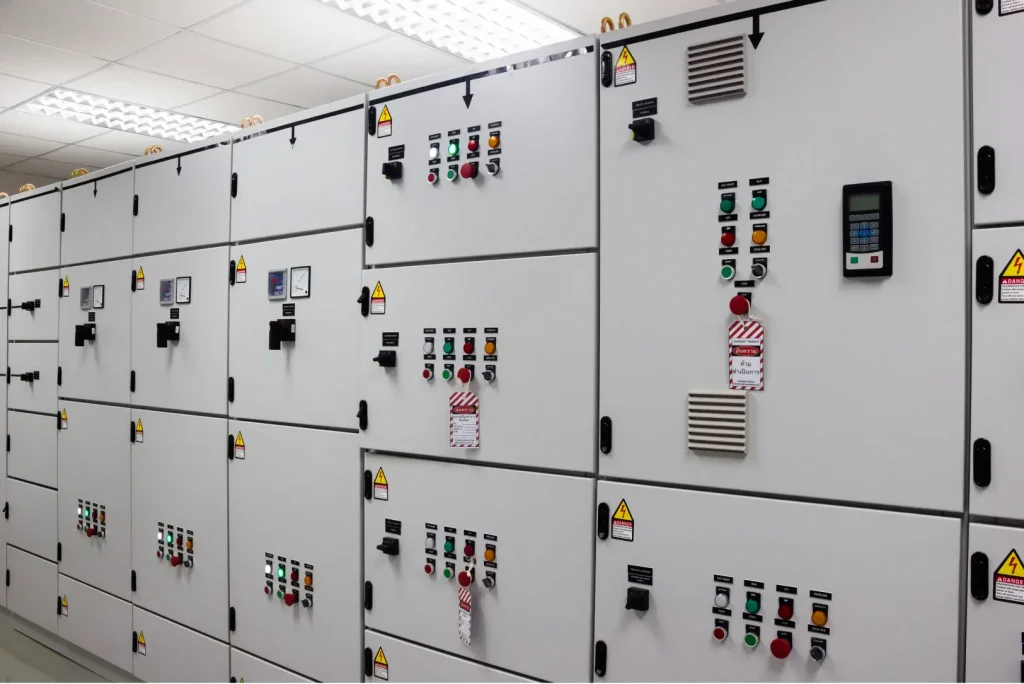Variable frequency drives are important in pump systems. They’re a cost-saving solution in pump control. Some of the sensors we offer at Automation Products Group, Inc. (APG) can work with variable frequency drives.
What is a Variable Frequency Drive?
A variable frequency drive (VFD) is a power supply to an AC pump motor. Its job is to control the pump’s motor input frequency and voltage.
Terminology becomes important here, as different people use different names. Variable frequency drives are also known as adjustable speed AC drives, AC drives, micro drives, and inverter drives. Some people use the terms adjustable speed drives and variable speed drives, too, but those can be used on AC or DC motors. Because they operate on frequency, variable frequency drives can only be used with AC drives.
Benefits of Variable Frequency Drives
The most prominent benefit of variable frequency drives is how they reduce power consumption and wear-and-tear on the pump motor. Without these drives, the pump will run in fixed-speed operation, meaning it’s either on or off. There’s no variable speed.
Fixed-speed pumps use a lot of electricity when the demand for the pump is not at its peak. Without a variable frequency drive, the pump will always use the maximum amount of energy. These pump motors also take a lot of abuse. The high starting current required can be six to seven times the motor’s full load amperage rating. This is not only expensive, but adds severe stress to the pump and to the flow control system in general.
When pumps fail, it can cost more than downtime. Municipalities are painfully aware of the costs of pump and level control failure. When pumping stations stop working, wastewater or stormwater overflows can occur. These risk flood conditions, property damage, enormous EPA fines, and health and safety risks for the general public.
In the petroleum and petrochemical industries, tank overfill is a disaster. Any spills or overflows result in damage to the environment, potential spoiling of lands and water sources, and the high risk of fires and explosions.
Variable Frequency Drives and Pressure Sensors
It’s top priority to keep pumps up and running as efficiently as possible. Using a variable frequency drive to regulate a pump motor’s speed is the best approach for pump longevity and cost reduction. Successful variable frequency drive usage calls for a good continuous level sensor or pressure sensors.
Ultrasonic sensors like our LPU-2428 and submersible pressure transducers like the PT-500 are both good options for tank level applications. For line pressure control, you’ll want a rugged pressure sensor such as our PT-400, or even a digital pressure gauge with an output signal like our PG7.
If you have any questions about level or pressure sensors that work will with variable frequency drives, feel free to contact us. Our Measurements Experts are happy to help you!
WRITTEN BY

Sami T.
Sami Thompson is APG’s Marketing Technical Writer and has been with the company since 2022. With a master’s degree in English from Utah State University and a 40-page thesis publication under her belt, Sami has a demonstrated strong writing background. In her free time, Sami enjoys reading and birdwatching.


